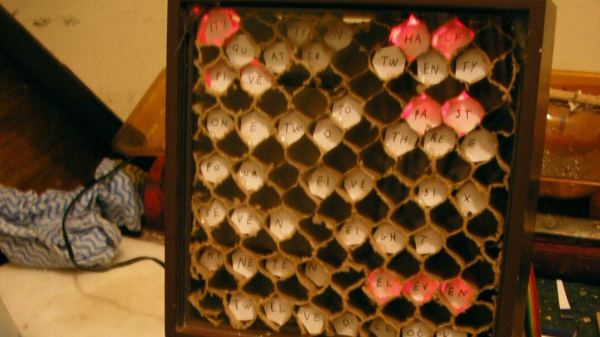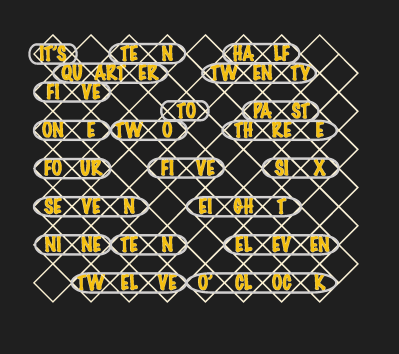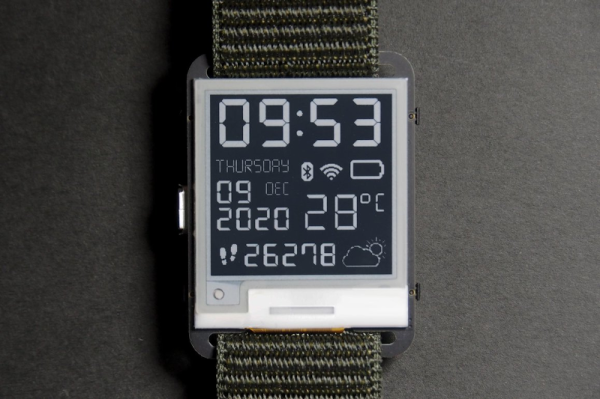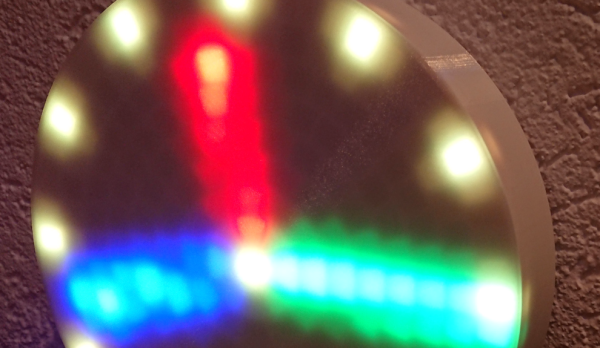We normally think of atomic clocks as the gold standard in timekeeping. The very definition of a second — in modern times, at least — is 9,192,631,770 periods of the radiation corresponding to the transition between the two hyperfine levels of the ground state of a stationary cesium-133 atom at a temperature of 0K. But there is a move to replace that definition using optical clocks that are 100 times more accurate than a standard atomic clock.
In recent news, the Boulder Atomic Clock Optical Network — otherwise known as BACON — compared times from three optical clocks and found that the times differed a little more than they had predicted, but the clocks were still amazingly accurate relative to each other. Some of the links used optical fibers, a method used before. But there were also links carried by lasers aimed from one facility to another. The lasers, however didn’t work during a snowstorm, but when they did work the results were comparable to the optical fiber method.
Continue reading “Move Over Cesium Clock, Optical Clocks Are Taking Over”


















